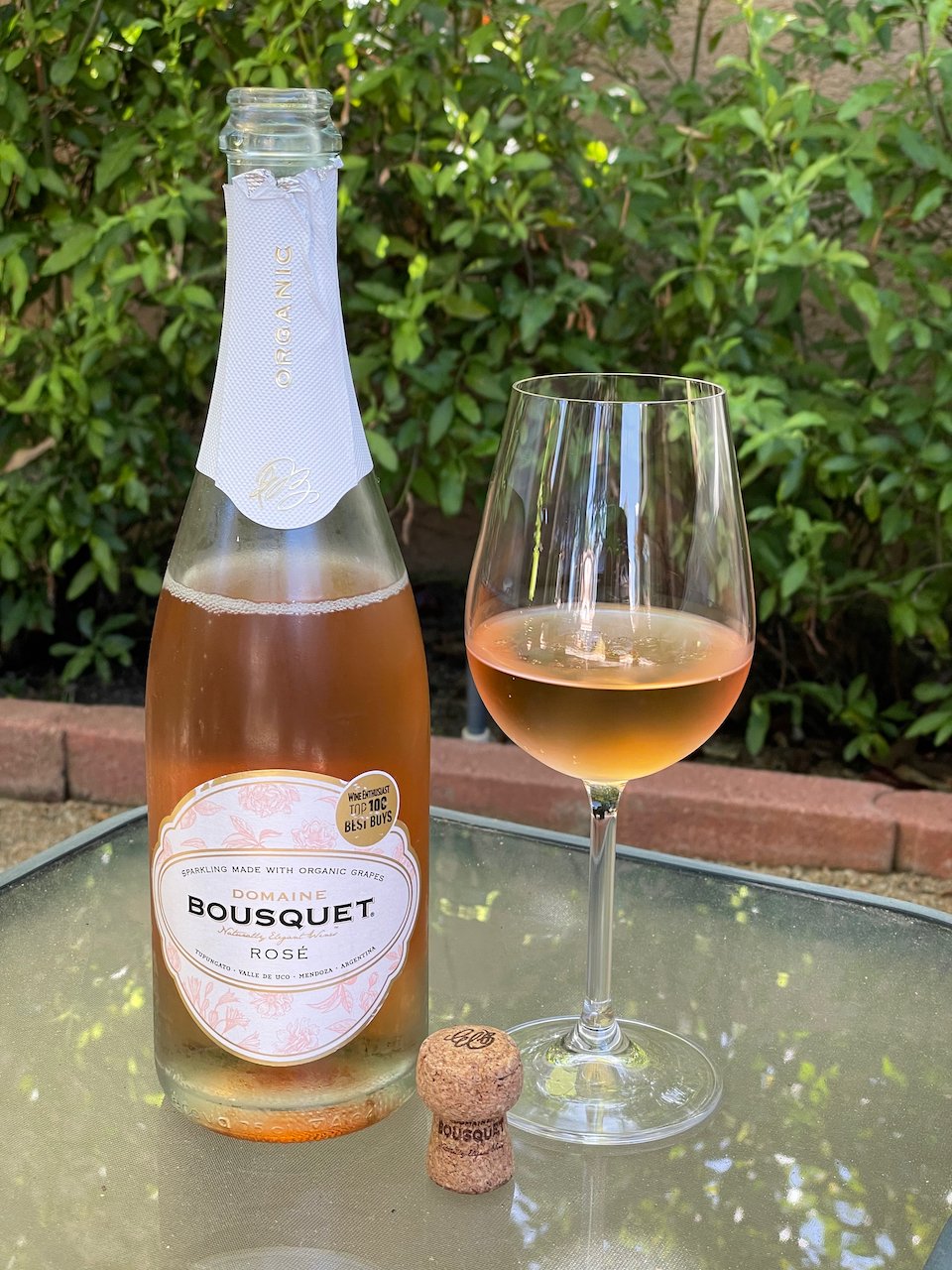Photo by Kate Dacres-Mannings on Unsplash
Here's an overview of how Prosecco is made:
1. Harvesting
Grapes: The primary grape used is Glera, though other varieties like Verdiso, Perera, and Bianchetta can be blended in small quantities.
Timing: Grapes are usually harvested early to retain their acidity, which is crucial for sparkling wines.
2. Pressing
Destemming and Crushing: The harvested grapes are destemmed and gently crushed to extract the juice.
Must: The juice, known as must, is then clarified to remove any solids.
3. Fermentation
First Fermentation: The clarified must undergoes the first fermentation in stainless steel tanks at controlled temperatures. This process converts the grape sugars into alcohol and results in a still wine.
Base Wine: The result of the first fermentation is a base wine, which is then filtered and stabilized.
4. Secondary Fermentation (Charmat Method)
Tank Fermentation: The base wine is transferred to a pressurized tank. Sugar and yeast are added to initiate the second fermentation.
Carbonation: During this fermentation, carbon dioxide is produced, which dissolves into the wine, creating bubbles.
Temperature Control: The temperature is carefully controlled to ensure the process is slow and steady, enhancing the wine's flavor and aroma profile.
5. Filtration and Bottling
Filtration: After the secondary fermentation, the wine is filtered to remove the yeast sediment.
Bottling: The filtered sparkling wine is then bottled under pressure to retain the carbonation.
6. Aging
Resting: Prosecco typically does not require long aging. It is usually ready to be enjoyed soon after bottling, although some premium versions may benefit from a short period of aging.






